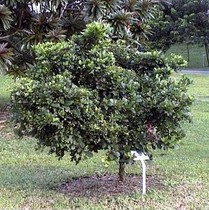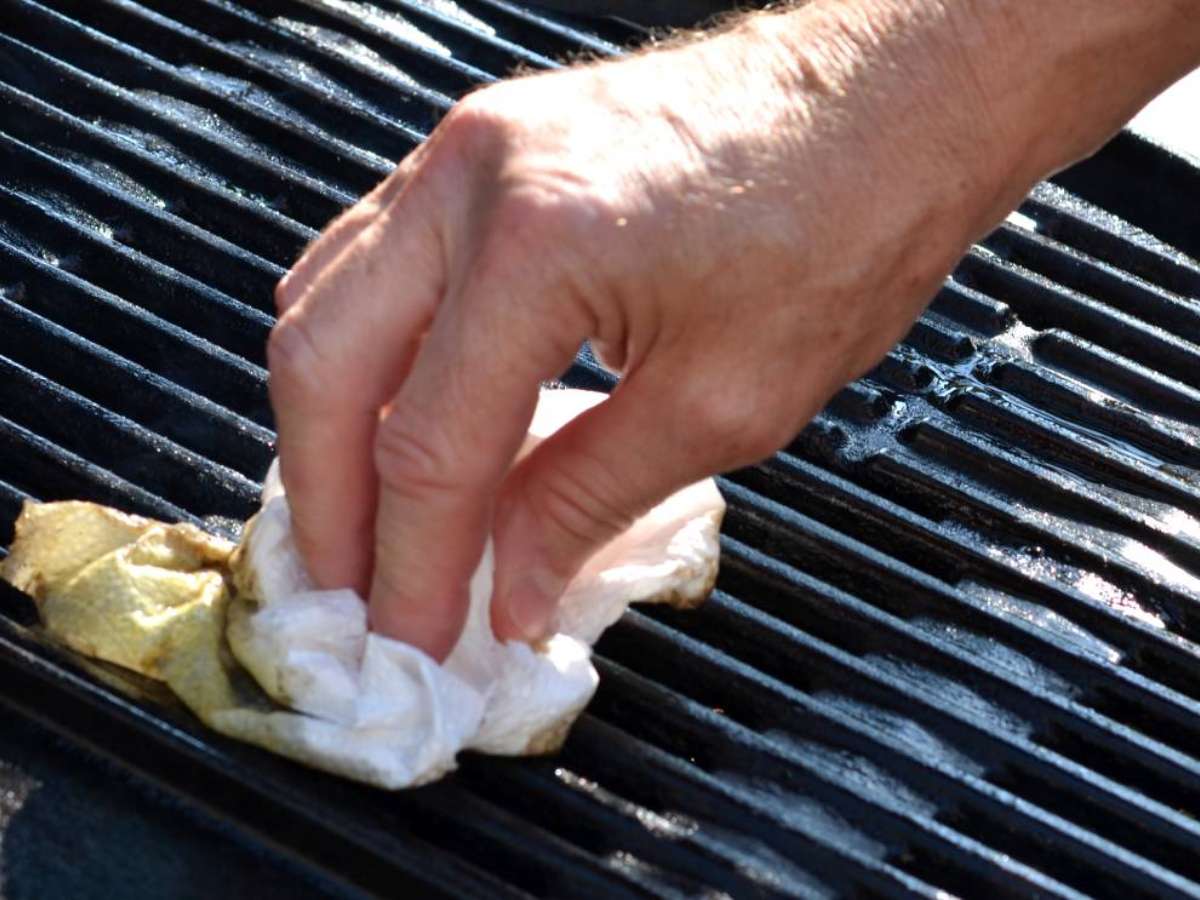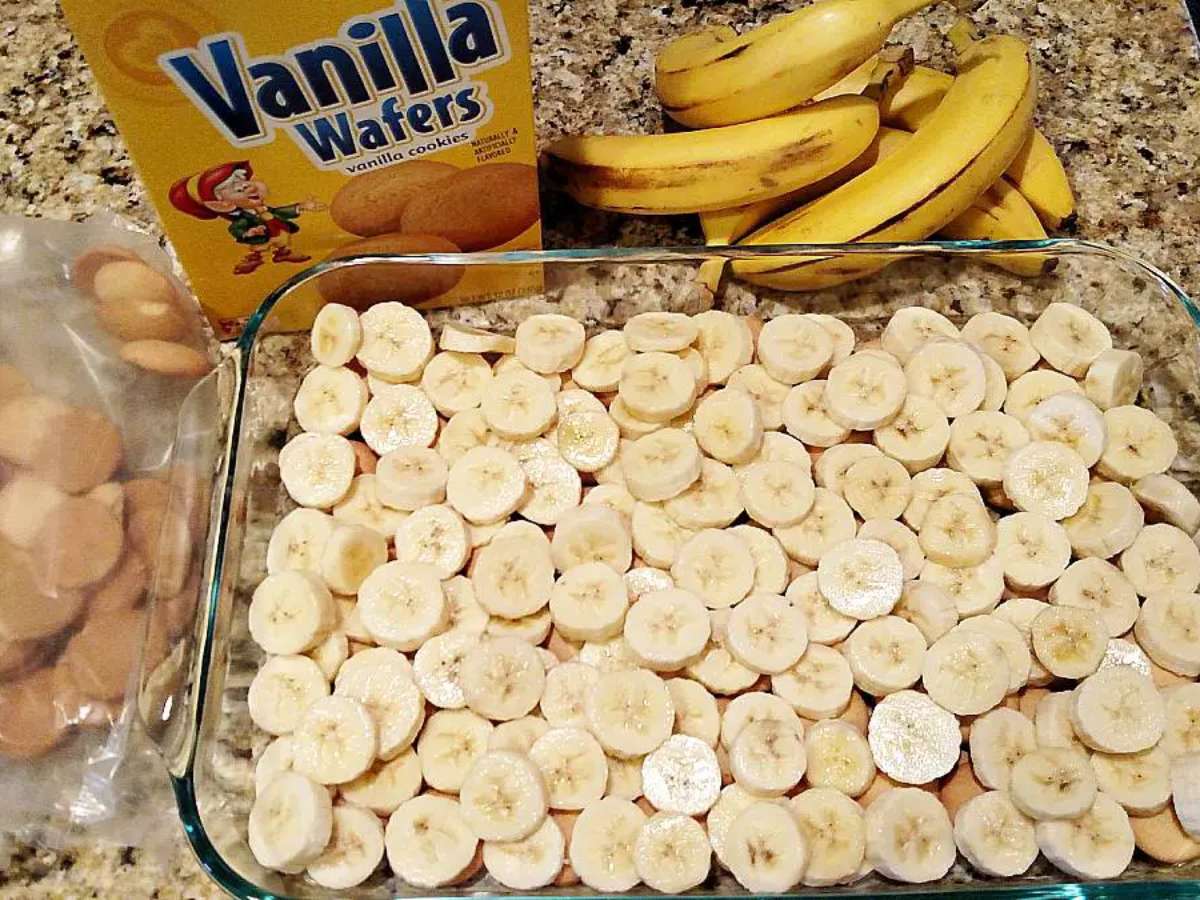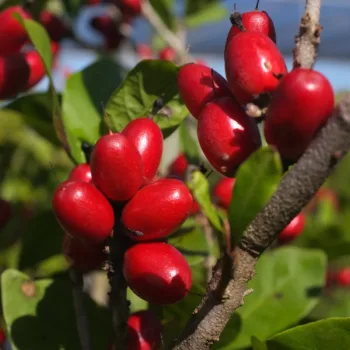
Synsepalum dulcificum is the Latin name for Miracle Fruit. The fruit was given its common name because of its effect on the taste buds. It makes everything sweet.
Producers turn it into a powder that you swirl in your mouth before eating other things. When you’ve had it there for a minute or so, the powder on your tongue makes your taste buds ultra sensitive to sugar.
So if, for example, you then ate a grapefruit, it would taste very sweet.
It only works when cool though, so doesn’t make a lot of difference to coffee or other hot drinks or foods.
Where Did Miracle Fruit Come From?
Miracle Fruit grows naturally in West Africa and was first reported by a Frenchman called Des Marchais in 1725, after he investigated why Africans were chewing the berries before eating their food.
In 1852, it got a mention in the UK’s Pharmaceutical Journal, when a Dr. W. F. Daniell gave it its name.
Plants were transported to many countries in the 19th century, but not many survived. A botanist with the U.S. Department of Agriculture, David Fairchild, introduced it successfully to North America early in the 20th century, on returning from Africa with some plants.
The fruit develops on a shrub that produces tiny, white flowers twice a year, followed by the red berries that are a similar shape and size to coffee beans.
The property of the fruit that causes the miraculous sweetening is a type of protein named miraculin. Various attempts to market it in the West have been thwarted until recently, possibly because of the threat it poses to sugar and sweetener manufacturers.
Is Miracle Fruit Safe?
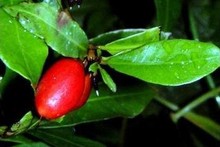 Humans elsewhere have been consuming Miracle Fruit with no ill effects. Diabetics, cancer sufferers and those trying to lose weight, have found it life-enhancing.
Humans elsewhere have been consuming Miracle Fruit with no ill effects. Diabetics, cancer sufferers and those trying to lose weight, have found it life-enhancing.
- The benefits to diabetics are obvious since their illness is about an imbalance of sugar in their system.
- People undergoing chemotherapy find it reduces the unpleasant side effects on the taste buds.
- It’s good for weight loss as you can satisfy sweet cravings without resorting to calorie loaded candy and cakes.
- And, of course, it’s good for mothers and carers trying to get children to take their medicine.
Other people enjoy it for fun. When tried out at parties in New York, Miracle Fruit proved a sensation with the partygoers. They experimented by tasting sour citrus fruit before and after eating Miracle Fruit.
News about it is escalating in the various media. Miracle Fruit is also featured in a book by Adam Leith Gollner called The Fruit Hunters, which was published at the end of May 2008 by Doubleday Canada.
Where To Find Miracle Fruit
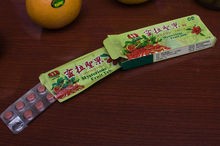 As the Miracle Fruit shrub has migrated more successfully around the world, you can now buy Miracle Fruit plants along with the freeze-dried berries or granules.
As the Miracle Fruit shrub has migrated more successfully around the world, you can now buy Miracle Fruit plants along with the freeze-dried berries or granules.
Japan has had Miracle Fruit Cafés for several years, which attract tourists to try the experience, as well as dieting locals.
As awareness develops, visitors to Panama Canal Zone Summit Garden will not be fooled by this practical joke for much longer.
Guests have asked about the unusual shrub, and been given berries to try but no explanation of their properties. They would then be pointed to an equally unusual “sweet” lime and invited to try those as well. After they had become enthused about the amazing sweetness of the limes, they would be let in on the joke.
If you want to grow your own, the best advice is to buy Miracle Plant seeds and grow them in warm, humid conditions. Soil needs to be very acidic; they do not thrive in alkaline environments. Water them sparingly but do not let the soil dry out.
You’ll need lots of patience though, as you may not see any berries for several years.
I have a rich and varied experience in family life, running a small business, marketing, literacy teaching, and project management. My passion is writing.

